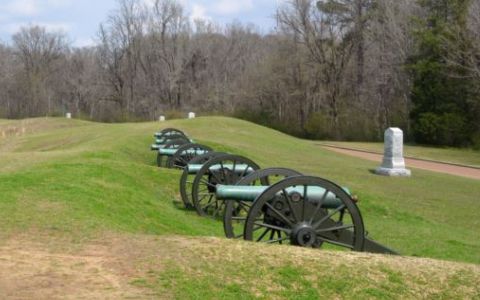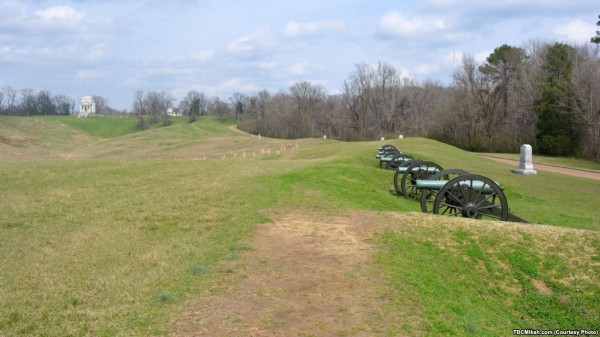Driving around the hallowed grounds at Vicksburg National Military Park in the state of Mississippi reminded National Parks traveler Mikah Meyer of another famous battlefield: Gettysburg, in Pennsylvania. The Battle of Gettysburg was the bloodiest battle of the American Civil War and where President Abraham Lincoln gave his immortal “Gettysburg Address.”
Gettysburg of the South
“Having lived in Maryland before this trip, which is very close to Gettysburg — one of the most popular battlefields to visit — I heard people often talk about Vicksburg as kind of a similar experience… just in the South,” Mikah said.
http://www.voanews.com/a/national-parks-road-trip-vicksburg/3780953.html
Like Gettysburg, Vicksburg is a large battlefield site, with licensed national park guides who cheerfully help visitors navigate the grounds.
Mikah, who’s on a mission to visit all of the more than 400 sites within the National Park Service, says he felt lucky to have had “one of their best guides,” David Maggio, who accompanied Mikah during his drive around the battlefield to explain the significance of the site.
Vicksburg is the key!
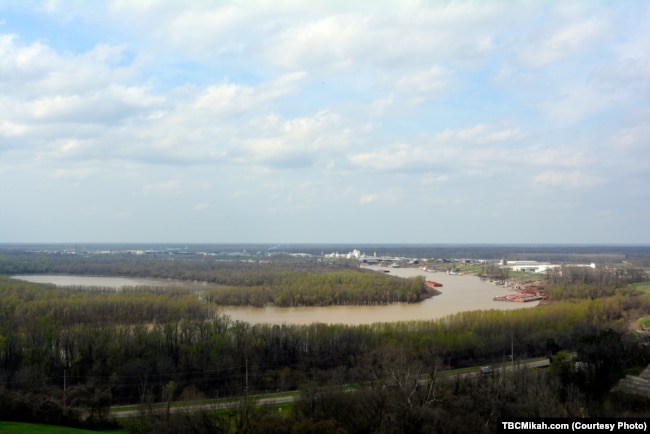
Located high on the bluffs, Vicksburg was a fortress guarding the Mississippi River, and known as “The Gibraltar of the Confederacy.”
As the National Park Service explains it, at the time of the Civil War, the Mississippi River was the single most important economic feature of the continent — the very lifeblood of America. Upon the secession of the southern states, Confederate forces closed the river to navigation, which threatened to strangle northern commercial interests.
President Abraham Lincoln told his civilian and military leaders, “See what a lot of land these fellows hold, of which Vicksburg is the key! The war can never be brought to a close until that key is in our pocket…”
47 day siege
Historians say the battle that took place at Vicksburg between the Union (northern) and Confederate (southern) armies was a turning point in America’s civil war.
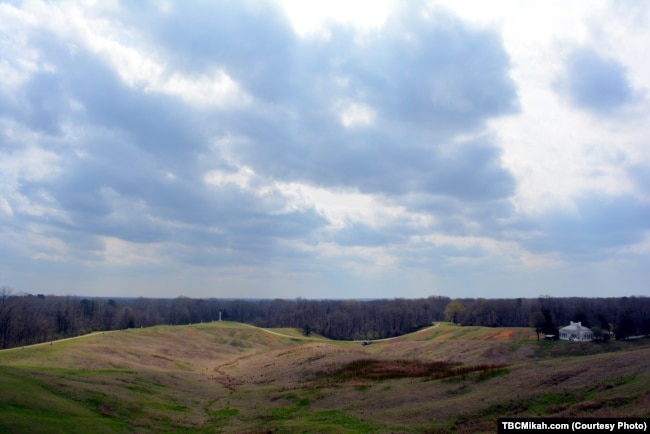
This photograph taken at Vicksburg National Military Park shows the “no man’s land” area between Confederate and Union Lines. The white column in the far distance is one of many state monuments that honor the fallen soldiers from that state.
“It was actually a 47 day siege,” Mikah explained. “The Union was trying to control access of the entire Mississippi River… so the only thing stopping them from having a complete shipping route was this last Confederate stronghold at Vicksburg.”
Aware that the Union army was planning to take Vicksburg, the Confederates built a perimeter around the entire city, so that when the Union came the defenders would have more of a buffer zone. They were fortified so well, apparently, that despite various attacks, General Ulysses S. Grant and his soldiers were never able to penetrate them.
War tactics
“So rather than beat them, they (Union Army) just laid siege to their fortifications for 47 days until they ran out of food and ran out of clean water,” Mikah explained. “There were examples of everything from General Grant throwing dead animals in the creeks that supplied them water so that it would spoil their water and poison them… to kind of really starve and dehydrate them into giving up, which they eventually did after 47 days.”
The National Park Service states that Vicksburg’s surrender on July 4, 1863, coupled with the fall of Port Hudson, Louisiana a few days later, divided the South, and gave the North undisputed control of the Mississippi River, thus providing President Lincoln with the highly coveted key to victory.
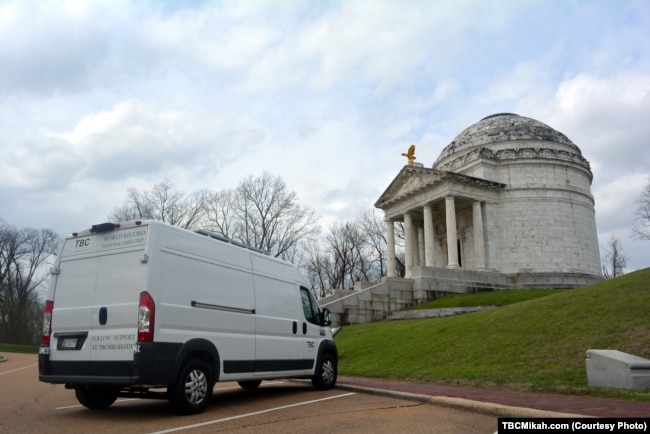
Mikah parked his ‘home away from home’ in front of the Illinois Memorial at Vicksburg National Military Park. The 47 steps leading up to the rotunda commemorate the 47 days of the siege of Vicksburg.
Today, Vicksburg National Cemetery, spread out across 47 hectares (116 acres), holds the remains of 17,000 Union soldiers. The first national cemeteries established by Congress in 1862 were to provide a burial place for “soldiers who shall die in the service of the country,” so that applied only to Union troops.
Confederate dead from the Vicksburg campaign, originally buried behind Confederate lines, were re-interred in the Vicksburg City Cemetery, in an area called “Soldiers’ Rest.” Approximately 5,000 Confederates have been re-interred there, of which 1,600 are identified.
Historic accuracy
Mikah observed that the battlefield is an extremely well laid-out park and very historically accurate “because it was turned into a park in the 1800s, so when they were creating it, they had soldiers from both the Union and the Confederate fill out maps, and basically put markings where their unit was.”
“So as you drive around now, there’s a stone marker in every single place that there was a unit.”
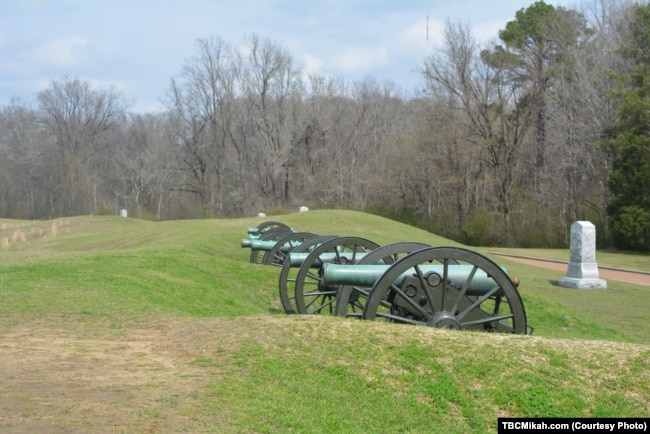
These cannons sit at what was the largest of the Union lines’ artillery emplacements.
There are also many stone monuments where those units were… and “every state that had people in the battle also built a memorial, so you have these really gorgeous memorials that are set up all around the perimeter of this battle,” Mikah added.
Visiting Vicksburg, “was a very unique experience,” Mikah said, “and thus far, one of the most interesting and most well-told battles of the Civil War” that he’s seen.
Mikah invites you to learn more about his travels across America by visiting his website, Facebook and Instagram.

